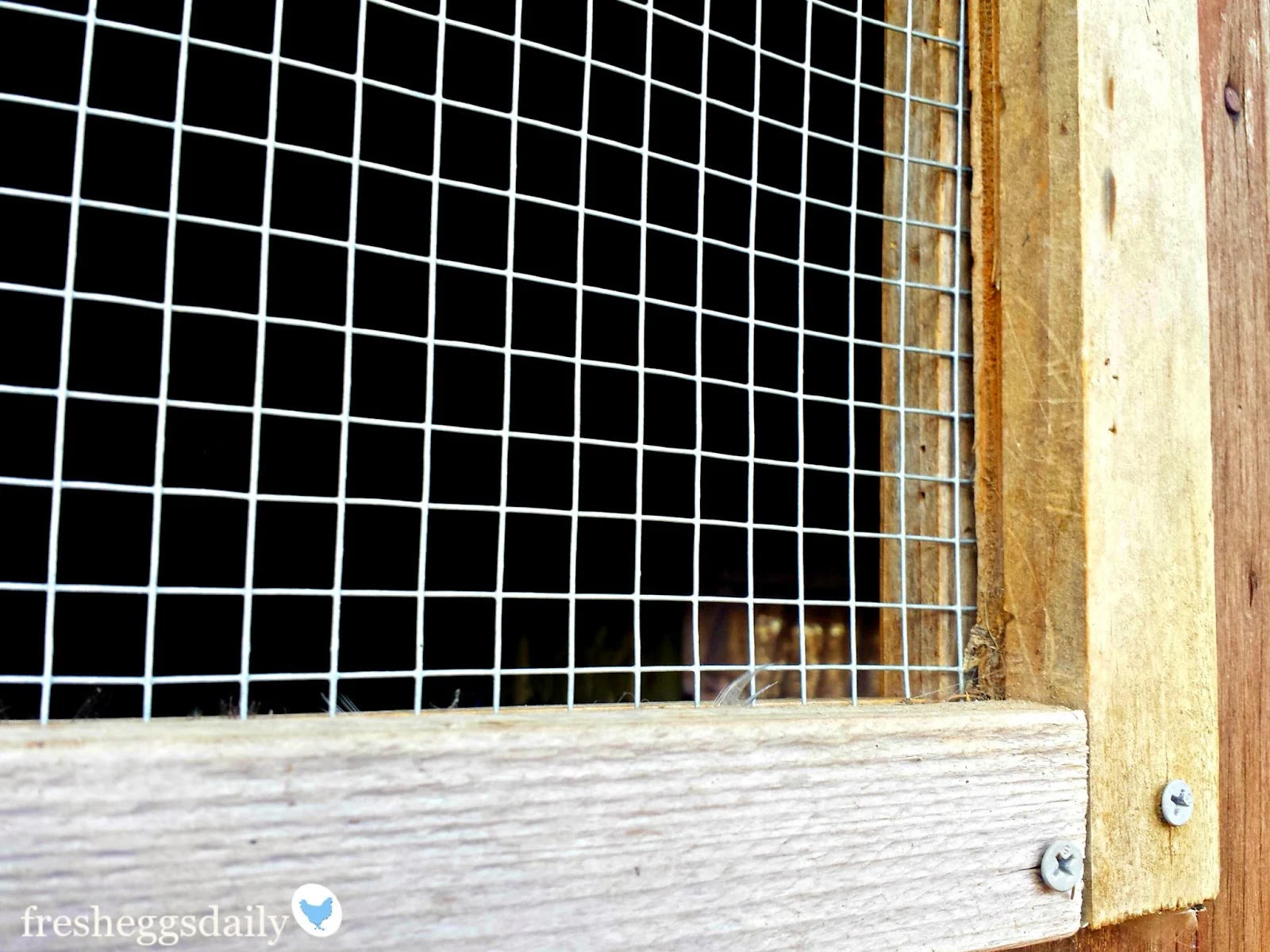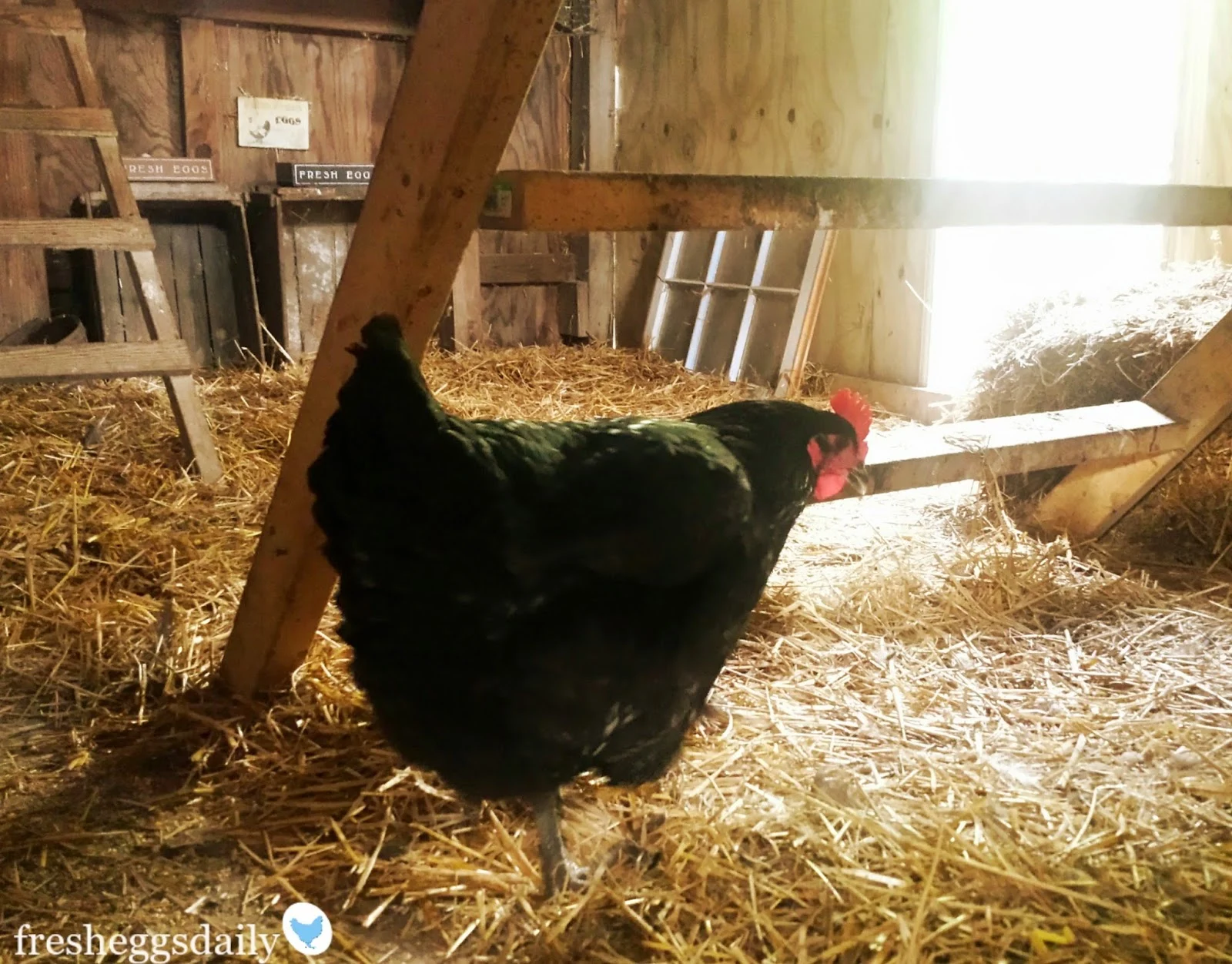Chicken Coop Security Features
Spring is right around the corner and with spring comes baby animals - cute babies like chicks, ducklings and bunnies - but also baby predators, who will soon be trained to try and break into your chicken coop by their more experienced parents.
Raccoon, opossums, foxes, coyotes, bears, skunks, weasels and others can all be a threat to your backyard flock, so a secure coop is a must.
Raccoon, opossums, foxes, coyotes, bears, skunks, weasels and others can all be a threat to your backyard flock, so a secure coop is a must.
Regardless of whether your chickens free range or spend their days in an enclosed pen or run, they should be locked up in a coop at night.
It's very difficult to make a pen completely predator proof since dogs, foxes and skunks can - and will - dig under fences, foxes, raccoon and feral cats can climb over them and hawks and owls can fly into an uncovered pen.
Raccoon will also reach through fencing to get at your chickens, and dogs and coyotes can rip through it with their teeth.
Chicken Coop Security Features
So as darkness starts to fall, its best to round up your chickens and usher them into a coop for the night. Our coop is built like Fort Knox. Here are some of the very important security features our chicken coop has:
- Wooden Construction
- Solid floor so nothing can dig in from underneath
- 1/2" welded wire over all windows and vents
- Wire secured with bolts and slats of wood, not staples
- Spring-loaded eye hooks
- Deadbolt and latch with a carabiner on the main coop door
- Solar predator lights around the perimeter of the coop
The welded wire is not only secured to the coop walls with screws, it's sandwiched between layers of wooden slats to prevent a predator from removing it. Merely stapling it up isn't sufficient.
In addition, a glass-paned window is hinged over the opening to be able to be closed and latched in place with a spring-loaded locking eye hook.
The pop door also has two spring-loaded locking eye hooks on it that are locked each night .
There is a Nite Guard solar predator light is mounted over the pop door as a second layer of security. The blinking red light comes on at dusk and blinks continuously until day break to deter predators.
The large coop door has a dead bolt at the top, about 5 feet off the ground - well out of the reach of any clever raccoon - but since raccoon can work deadbolts, I don't take any chances have a second lock on the door at the bottom which is secured with a carabiner.
There is a second Nite Guard light mounted on the front of the coop - just in case.
There is a second Nite Guard light mounted on the front of the coop - just in case.
I always do a head count each evening before I lock up using a flashlight I keep in the coop, not only to make sure all the chickens are accounted for and safe on the roosts, but also to be sure nothing has wandered into the coop during the day while the coop was open.
I've heard stories of people accidentally locking possums or even neighbor's cats in their coop, not realizing they were inside.
Live trapping a persistent predator might be an option, but check with your animal control officer first so you know the laws and rules about releasing or dispatching.
And lastly, if you have a problem with 'human' predators, putting a padlock or combination lock on your coop door is a good idea.
I've heard stories of people accidentally locking possums or even neighbor's cats in their coop, not realizing they were inside.
Live trapping a persistent predator might be an option, but check with your animal control officer first so you know the laws and rules about releasing or dispatching.
And lastly, if you have a problem with 'human' predators, putting a padlock or combination lock on your coop door is a good idea.
Just a few inexpensive and simple security measures go a long way towards keeping your flock safe at night from predators ... and their offspring. Sure they're hungry and have to eat, but don't let your chickens become an easy meal for them.
Pin This!






























